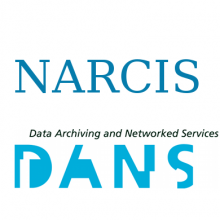Resource information
The aim of this paper is to define the range of objects that may need to be accommodated in the development of a practical cadastral database, to also accommodate 3D spatial units, and permit a range of encodings to coexist. The level of geometric encoding as defined in the ISO19152 LADM provides a framework of categorization of spatial units recorded in a cadastre, whether formal or informal, historic, current or planned. The levels of encoding range from simple “text based” spatial unit to the “topology based” encoding (in both 2D and 3D). In our proposed categorization, there are two more aspects, in addition to the levels of encoding, which we identify: 1. types of real world spatial unit (according to law/ regulations) and 2. types of geometric descriptions. The existence of real-world examples of various combinations of 2D and 3D spatial units provide guidelines in the development of a 3D cadastral system. These include, amongst others, spatial units with: open or closed volumes (unspecified top / bottom), faces restricted or not to horizontal or vertical orientation, fixed or moving face(s) (ambulatory), faces (partly) related to physical constructions or not, 3D spatial unit within single surface parcel or crossing many surface parcels (legal space for pipeline), etc. These are characterizations of the real-world spatial unit, but there are also issues that may become important by virtue of choices made in the database implementation, such as the presence or not of “caves” (dents, holes and trough holes), non 2-manifold boundaries allowed or not, volumes with contiguous or not interiors, boundaries described by planar (flat) or curved primitives, etc. All three classification aspects, encoding level, real-world spatial unit type, geometric representation are more or less orthogonal (in theory all combinations are possible), but in practice also very much related. In developing any database, it is vital to have a complete picture of the range of possible objects that need to be modeled, if “surprises” are to be avoided in the implementation and acceptance testing. This paper provides a discussion on the type of classification that is useful for a cadastral jurisdiction and the validation requirements of these classes of objects.


